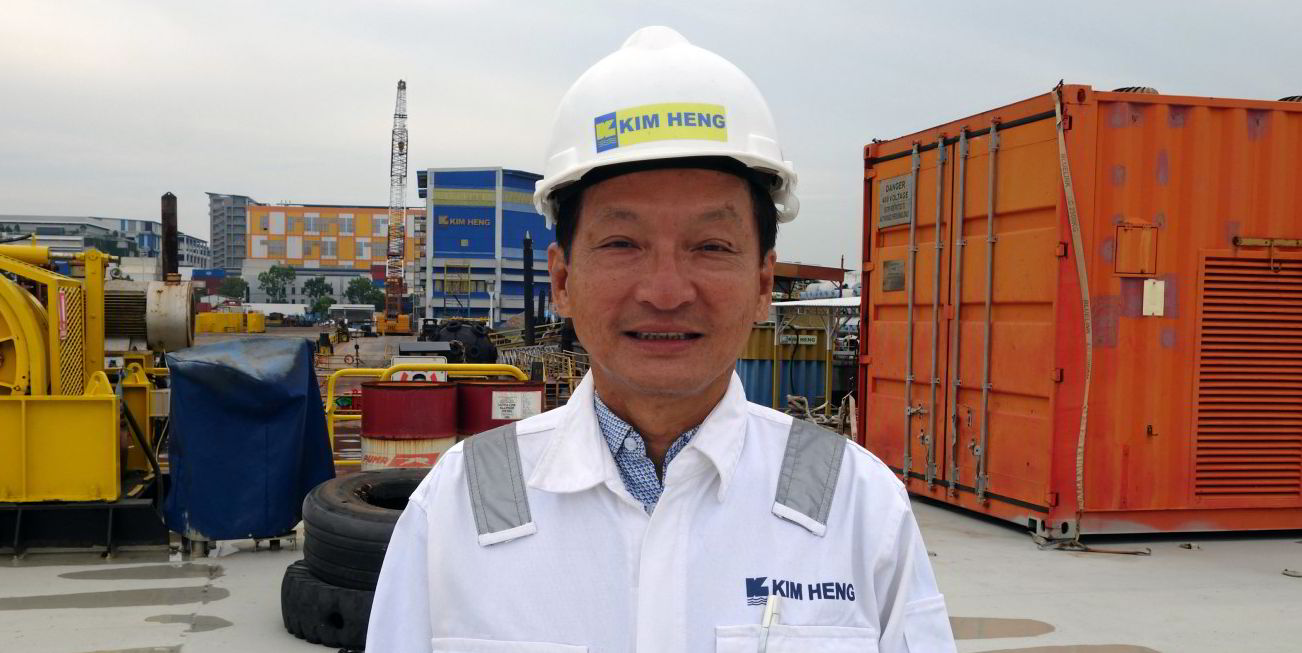The feeder wind vessel sector could be set for a lift as a flurry of offshore developments in the pipeline look likely to tighten the supply of wind turbine installation vessel (WTIV) tonnage.
Global offshore wind capacity is set to increase from 46 gigawatts by the end of this year to 250 GW in 2030, with more than 23,000 turbines expected to be installed in that period, of which the majority will be bottom-fixed.

A large growth market is the US, where the Biden administration has set an ambitious target of installing 30 GW by the end of this decade.
The increased demand for installation vessels will put pressure on the supply chain, while regulatory measures such as the Jones Act could hinder US attempts to hit its lofty goals.
A commonplace method of installing offshore turbines in the more developed European market is for an installation vessel to transport components from a staging port to the project site. Foundation installation uses the same method, sometimes via a dedicated foundation installation vessel or a WTIV capable of performing both operations.
The Jones Act, however, is a complicating factor when it comes to this installation phase. The 1920 law stipulates that all ships transporting goods between two points in the US must be built and flagged in the US. They must also be owned and crewed by Americans.
There are currently no Jones Act-compliant wind installation vessels in existence, with only one — the Charybdis — under construction and due for delivery in late 2023.
Given that WTIVs take two to three years to build, feeder vessels could potentially plug a demand gap to help with parts of the installation process.
The first operational offshore wind farm in the US — Block Island off Rhode Island — circumvented the Jones Act by using US-built vessels to assist Fred Olsen Windcarrier’s Windcarrier’s Malta-flag, 15,328-gt, Brave Tern (built 2012) for turbine installation.
DEME Offshore will use the Denmark-flag, 15,966-gt WTIV Sea Installer (built 2012) to install turbines at Vineyard Wind off Massachusetts, with the vessel to by fed by Foss Maritime feeder barges that are Jones Act-compliant.
Feeder solutions on the rise
The use of feeder vessels for offshore wind installation jobs does, however, pose new challenges due to the motion between the feeder and installation vessel. Jack-up barges or motion-compensated platforms are options to circumvent this. Several different solutions for purpose-built feeder vessels have been proposed.
In 2017, Neptune Ship Design unveiled its Blue Azurit design, which resembles a platform supply vessel and features DP2 and a motion-compensated platform.
Similar shaped designs with motion compensation were proposed this year by Ampelmann and C-Job Naval Architects, and by GustoMSC and Barge Master with their Steady Top Feeder, as well as Green Shipping Line and DEKC Maritime with their Eleanor.
US-based 2ndWind Marine and MiNO Marine opted for a jack-up design, the "SuperFeeder", which was unveiled last year. In June this year, Friede & Goldman unveiled the "BargeRack", a novel solution that eliminates the relative motion issue by fitting a trussed rack fitted to the WTIV to lift a feeder barge out of the water as it jacks up.
Other proposed solutions include the CAT Feeder by MBM, the "ADAPT Barge" by SEA O G Offshore and NewWindShape by Friede & Goldman and Tetrahedron.
Only a handful of existing vessels will be able to carry out installation of the larger next-generation turbines, potentially opening the door for feeder vessels to provide a solution, allowing the expensive WTIVs to concentrate on the main job of installation while leaving the supply of components to feeder vessels.
A lack of WTIV capacity would probably raise day rates, while the cost of building such units in the US is far higher than in Asia.
The use of a single WTIV appears for now to be the preferred solution worldwide. Until enough WTIVs are built to specifically service the US market, however, feeder vessels appear to be the only viable alternative.
If the feeder solutions proposed for US projects transpire to be safer, more effective and cheaper than the current solution, it could pave the way for implementation across other markets.
Martin Lysne is an analyst on the energy service research team at Rystad Energy. He covers rigs and vessels
Do you have an opinion to share? Email: news@tradewindsnews.com




